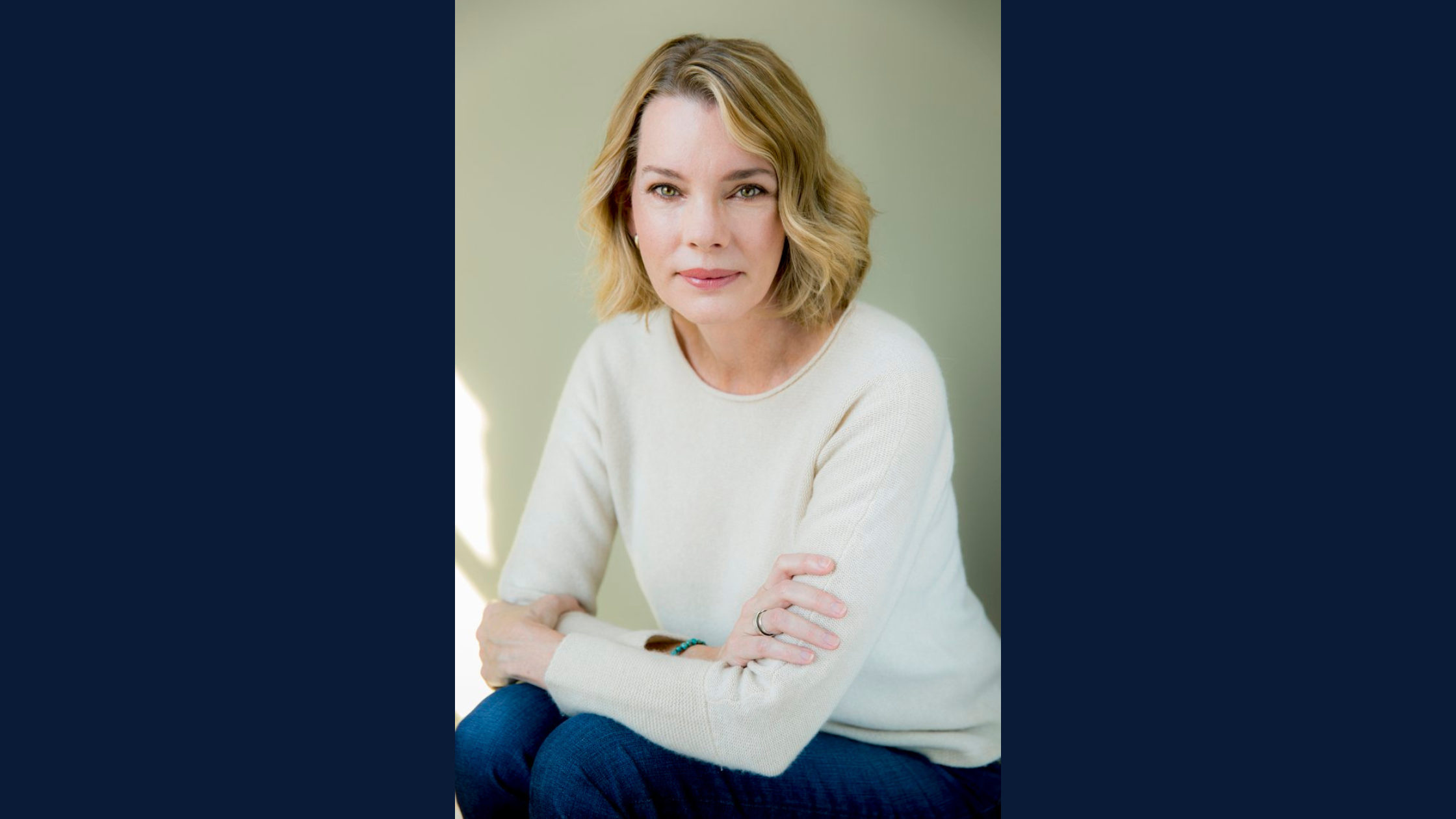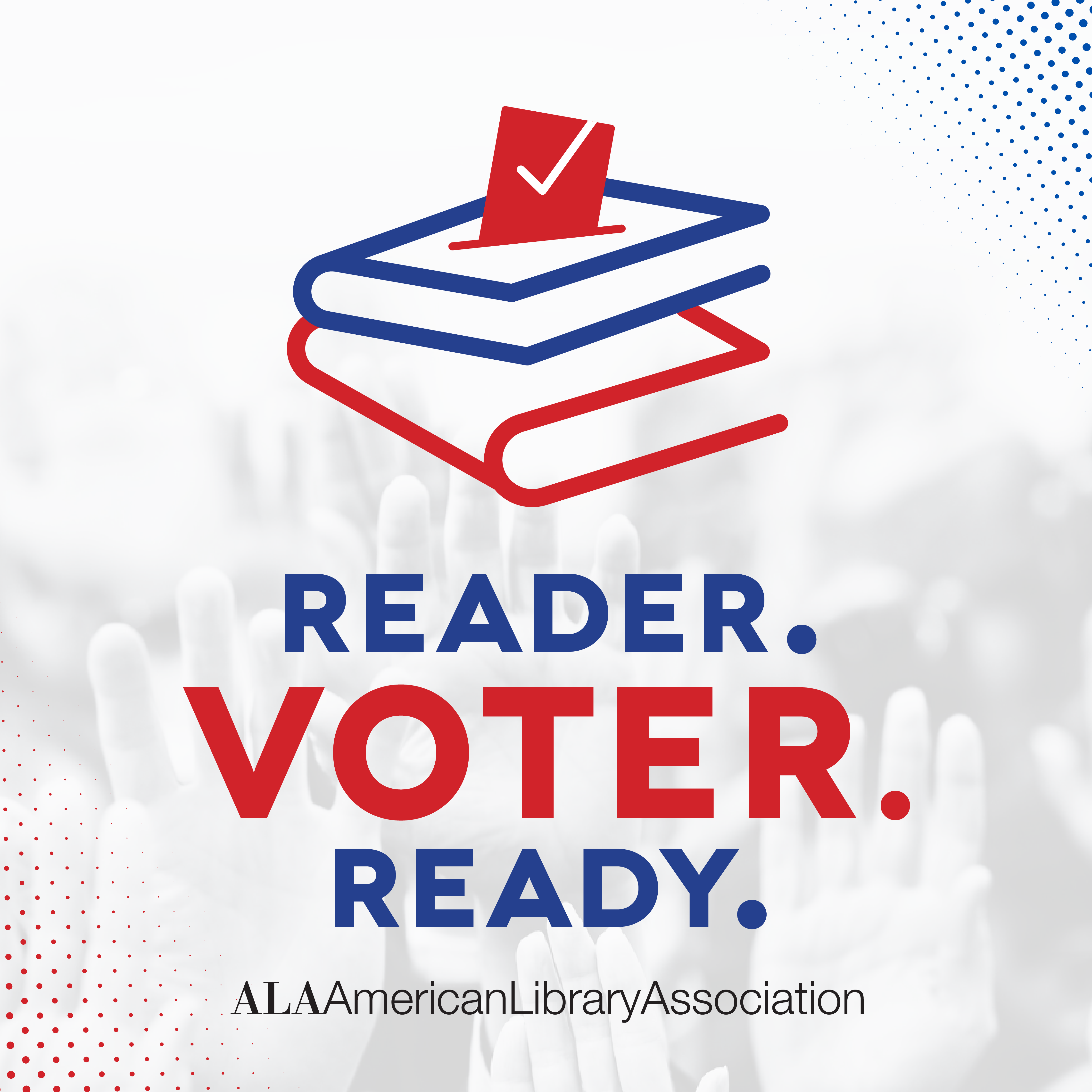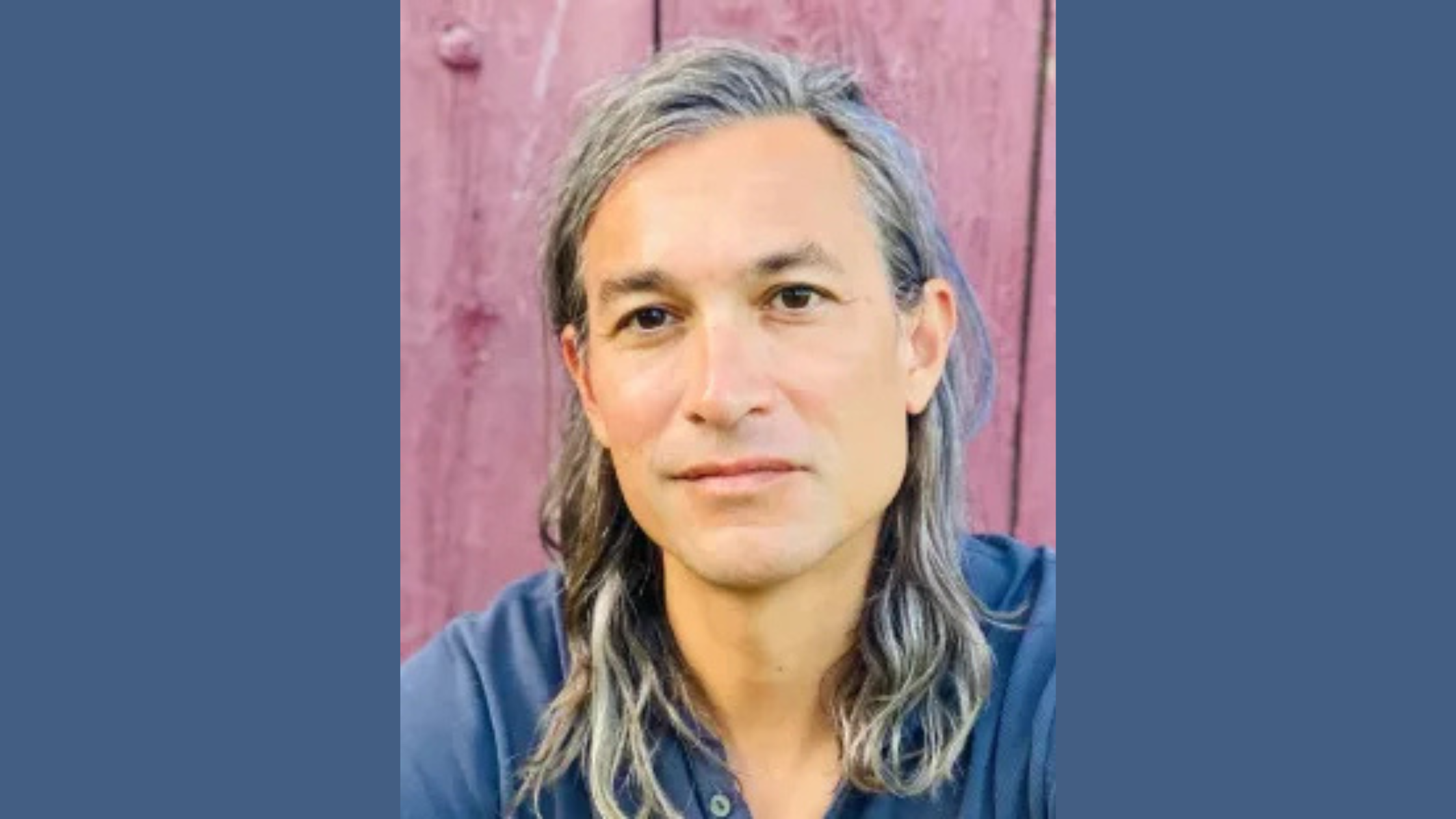Fiona Davis On Radio City Music Hall And The City Behind The Stage

In Fiona Davis’ beguiling The Spectacular, readers meet Marion Brooke, a young dancer struggling against the confines of her 1950s life. Nineteen-year-old Marion has spent her life pleasing everyone, shrinking her dreams of a career in dance to accommodate the plans her father has for her. She upends these strictly laid out plans, however, when she auditions for the Rockettes, a move that enrages her father and confuses her boyfriend. Thrust into a fast paced world of ever-changing choreography and punishing show schedules, Marion experiences creative fulfillment for the first time. Yet Marion’s newfound happiness is threatened by the actions of a man dubbed The Big Apple Bomber, who has been terrorizing New Yorkers by planting pipe bombs in the city’s famous landmarks. When the Bomber targets Radio City Music Hall, Marion finds herself unexpectedly pulled into the investigation. The dancer soon teams up with Peter Brooks, a young psychiatrist recruited to help with the investigation due to his expertise in a brand new field, psychological profiling. The two combine strengths to track down the Bomber in a tensely plotted tale that expertly combines romance, adventure, and thrills. Critics have applauded The Spectacular, with Publishers Weekly raving “this page-turner delivers the goods” and Booklist stating, “Davis masterfully draws Marion into the story, setting the scene for a cinematic conclusion. Readers will be attracted to the intriguing history and moved by Davis’ entrancing narrator.” Davis spoke with us about her research process, capturing the physicality of dance, and crafting inevitable but satisfying endings.
Can you talk about the origin of your book? What made you interested in the Rockettes?
The book came about in kind of a strange way. All my books are built around these iconic New York city buildings. Usually I find a building, start diving into the history, and find something that surprises me that I think will make a great hook for a book. But with this one, I got an email through my author website from a woman who said that she had been a Rockette in the late fifties and early sixties and she’d love to share with me some of the history of Radio City Music Hall. I thought, “Well, that’s fascinating, but to be honest, the Rockettes really intimidated me.” I don’t have a dance background and it seemed like it would be a lot of research and a lot of work to get it right. But I reached out to her and we had a wonderful conversation. She was just terrific. It turns out her husband Bob had worked there as a lighting board operator—that’s how they met when they were both nineteen. I thought, “This this could be really fun.” What I didn’t realize was that behind the theater [in Radio City Music Hall] is this entire city that was set up for the Rockettes, as well as the ballet corps that was there and the choral ensemble. I was surprised to learn that it had been a movie palace for so long and that there was a stage show in between movies. There were four shows a day and these stage shows were all based on a theme. If the movie was a John Wayne movie, it would be maybe a cowboy theme, and [the dancers would] all have holsters and guns. I just thought, “Wow, this is great.”
What really struck me in terms of research was the camaraderie between the Rockettes and the way they all speak so highly of their experience. To a one, every one of them said to me, “It was just one of the best times of my life. I loved all the other women. I felt supported. I felt creative. I felt strong.” I thought that would be a wonderful world to try and capture on the page.
I was fascinated by the incredible ecosystem behind the scenes that helped the dancers work. What was your research like in terms of finding out how everything operated at Radio City seventy years ago?
There’s a wonderful archive at Rockefeller Center, so I was able to go through that and look at old programs and articles about the Rockettes. There are some wonderful photos of them on the roof, where they would hang out and play wiffleball. There are some really wonderful books out that went into great detail about the theater—that there was a cafeteria and a nurse on staff. They had a small movie theater backstage where they could watch the premieres that were coming. There was a tailor, there was a hat and a shoe department, a poster department. There’s been a lot written about Radio City Music Hall, thank goodness, so that made it easy to learn about this city that exists behind the stage.
I left the book with a newfound appreciation for the Rockettes. You capture not only the physicality of what they’re doing, but also the precision of what they have to execute show after show. Plus, their schedule seems like a very specific challenge added on to an already challenging career in dance.
Exactly! The fact that they did four shows a day for three or four weeks straight, and then they would get a week off. Then there were days that they were performing the old routines and learning the new routines, either very early in the morning or late at night. There was a kick line in every number, so they did around 600 kicks per day. It’s just kind of unimaginable.
And Marion is constantly struggling to match everybody else and not stand out. The physical control it takes to do that is pretty unimaginable.
I was so interested in that because I think whenever you’re in a creative field, like dance or art or writing, you have this this competitive streak to do as well as you can. If you’re in a dance class, [you want] to dance higher than the other dancers and really show what you can do. With the Rockettes, it’s not that. It’s all about technique and precision. If a kick is only shoulder height, it can only be shoulder height. You can’t do it eye height or it really throws the entire thing off.
I remember doing an interview with a ballet dancer as part of my research, and she was very tall for a ballet dancer. She described what it’s like to pull your muscles back and not do the full extension so you match the corps de ballet. [I loved being able] to put that kind of thing into the book, so that people can understand what it’s like to have to completely fit in and be as precise as you can with your movements.
Marion’s someone who’s taking charge of her own life for the first time. How did you land on her as the perfect detective for your story?
I did a lot of research before and I spoke to a number of Rockettes. A lot of them mentioned that their families were thrilled that they became a Rockette, but a number also said that their parents were very worried about it, about them living in the city alone. This takes place in 1956 and so women didn’t really have the freedom that we do today. Even in terms of what you would do for a living, you could be a nurse or a doctor or a teacher. I thought that would be an interesting way to add some conflict into her life, because as you’re creating characters, you need them to have conflict. If they’re perfectly happy, that makes for a very boring book. I thought by having her father’s disapproval—and also the ghost of her mother who’s passed away, who also tried to become someone who was creative in a creative field—gave Marion a lot to work through as she pursues a field of dance that she loves dearly, and goes against her father’s wishes.
I was also very inspired by Vera-Ellen, the movie star, who apparently was a Rockette for not long because she just stood out. She just was too much, and then she went on to a great film career. I thought by combining those things with Marion—wanting to go against her father’s wishes to do what she loves, but then having a really tough time and be really challenged by it—made for an interesting character. Then, of course, there’s a lot going on where she has to basically solve a mystery. Hopefully the character is complicated enough to be able to handle all those things and bring the reader along as she goes through this journey both inside and out.
Can we talk about the mystery element of The Spectacular? I was completely ignorant of the bombings that took place during that time. How did that aspect come into the story for you?
For every book I try to do a lot of research into what happened during that decade. I’ll go through The New York Times and just see what was going on. I learned that in the in 1956, near the end of the year, there was this huge push by the police to find the Mad Bomber, and I never heard of that. I learned that there was this guy who sent pipe bombs all over the city for sixteen years at some of these locations that I’ve written about, like Grand Central, the New York Public Library. I learned that he hit Radio City Music Hall twice, which made me think, “What if there was a bit of a thriller aspect to this book, just to shake things up?” In total, he sent thirty-two bombs and injured fifteen people, some very seriously. It was just fascinating to find this major story that no one I knew had heard of and to try and bring that to light.
Had you already settled on the fifties as your time period by that point?
Yeah, mainly because Sandy, the Rockette who reached out to me at the very beginning, danced in the fifties. It’s just a great time period—it’s great fashions and the city was really vibrant. I interviewed a number of Rockettes in their eighties, and their stories are so different from the stories of someone coming to New York today. It’s almost like you’re talking about a completely different city, and that’s a fun thing to try and convey in the book.
The fifties is such a fascinating time for both of the characters to exist, given their professions. Peter seems to be at the forefront of a new field that not many people respect or understand. Can you talk about what went into creating him as kind of the perfect foil for Marion?
As I was learning about the Mad Bomber, I learned that the case was solved using the first instance of criminal profiling. There was this psychiatrist and criminologist, James Brussell, and the police brought him in to study the letters of the Mad Bomber. He came up with this amazing list of features that this man would have that really helped them solve the mystery. One of the best was he said that when the Mad Bomber’s caught, he will be wearing a double breasted suit and it won’t be buttoned. Pretty much all of his things were spot on. I thought that’s fantastic, because I love mysteries that have forensic psychiatry in them. The fact that this was really the first instance of it fascinated me.
I had to change some things in the book. I call my bomber The Big Apple Bomber. I’ve changed some things that happen, and then explain it very clearly in the author’s note, so you know what’s true, and what’s not. In my book, Dr. Brussel really becomes the character Peter, who’s this young resident in a psychiatric ward who gets asked by the police to help solve the case. Then he and Marion really have to team up to do it because she, at that point, has a very personal interest in figuring out who the Mad Bomber is.
It seems you bounce between timelines a lot in your previous books, and you do so again in The Spectacular. This book starts in the nineties, with Marion looking back on her experience in the fifties. How did that element find its way into your book in terms of approaching these characters at very different stages in their lives?
I think it started because I’ve always loved dual timeline historical fiction novels. When I got the idea for the first one, The Dollhouse, and that was set at the Barbizon Hotel for Women. I thought, “Oh, I’ll do a dual timeline, because, you know, how hard can that be?” (laughs) Really hard. If I had known how hard it is, I would have never done it, but I guess ignorance is bliss.
I love trying to bring a mystery together through two timelines, and making the ending be both inevitable and satisfying. It’s really interesting for me to compare how women have agency or not over two time periods. With The Lions of Fifth Avenue, it’s a woman working at the New York Public Library in the 1990s and a woman living in the New York Public Library in the 1910s and just how different their worlds are. I find it’s easy to really show that when you have two timelines going. This one isn’t quite dual timeline. I think there are five chapters in the 1990s, and that’s really Marion looking back on her experience, which was just another a different way to approach it and find something fresh and new.
You received your Master’s in journalism from Columbia, and I’m curious about how your background in journalism shapes how you approach a story.
It really does. I do about three or four months of pretty intense research before I start figuring out the plot. I have an architectural historian named Andrew Alpern. He’s in his 80s and he knows New York like the back of his hand. We meet for lunch and I pick his brain and he tells me some wonderful gems that usually end up finding their way into the book. It’s really finding people who can help me understand whatever it is, like “What’s it like to be a Rockette?” So interviewing Rockettes from the 50s to Rockettes who have danced more recently on the stage. Also just reading everything I can on it.
For me, it’s really not about sitting in front of my computer and looking for websites that are helpful. It’s finding people who are helpful, and that’s where the journalism comes in. I remember the first day of journalism school, they told us to go out into the street and interview strangers. I was just like, “What? That’s crazy.” But once you’ve done it once, you realize how valuable it is to talk to someone for a half hour on whatever subject it is, because it’s usually those last five minutes that you find something that’s just pure gold.
Have any of the Rockettes read the book yet? Have you been able to get their reaction or Sandy’s reaction?
Yeah, she loved it. She’s hopefully coming to one of the launch events in June, which will be really fun because I haven’t met her in person. She’s been living in South Carolina. A number of Rockettes have read it and really helped make it precise, because you want to make sure you have those facts right. I’m really indebted to them for taking the time to do that.
I feel a little silly asking you this next question considering you’ve written a book about the New York Public Library, but can you talk about what role the library’s played in your life?
They’ve just been incredible. When I was a kid, we would go every week. We moved around a lot, so going to the library was the one constant. My family is just all readers. Our idea of a good time was to sit in a room and everybody read silently. Coming to New York, when I needed to get out of my apartment and go write somewhere that was inspirational, I could go to the New York Library for the Performing Arts at Lincoln Center. You cross that beautiful plaza and then you’re up in this library looking out on it, which just helps keep you focused. Then of course, writing about the New York Public Library, the librarians there were so helpful and answered all of my questions. I ended up getting a desk at the Allen Room there, which is for writers with book contracts, so there I was writing a book about libraries in the library, which was just perfect.
Tags: Fiona Davis









